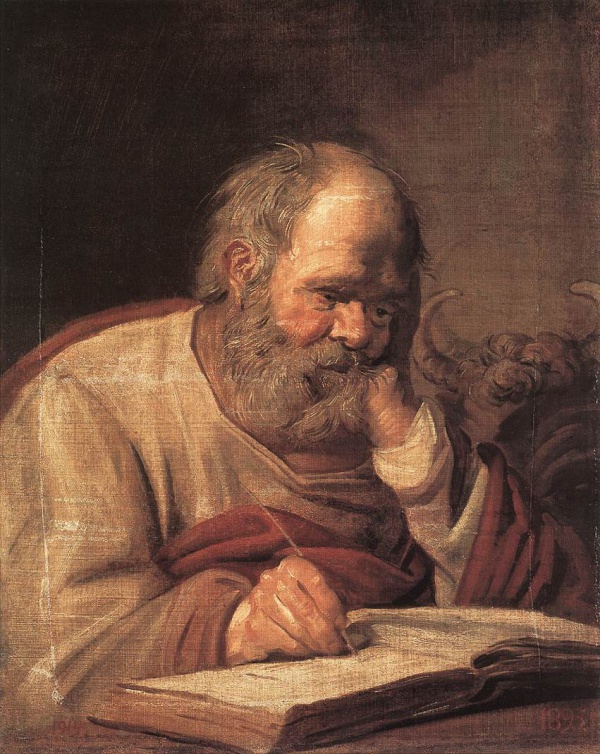Facts About St Luke
Frans Hals, a renowned painter of the Dutch Golden Age, created the masterpiece "St. Luke" in 1625. Today, this distinguished work is housed in the Odessa Museum of Western and Eastern Art. The painting depicts St. Luke seated at a desk, deeply immersed in reading, with an ox by his side.
For many years, the painting was feared lost, with its last known documentation dating back to the 18th century. It was not until the 1950s that the painting reemerged, thanks to the efforts of art historian Irina Linnik. While examining the museum's storage, Linnik discovered two portraits, or tronies, initially misattributed to unknown 19th-century artists. Through her meticulous research, Linnik identified these as part of a series of four paintings by Frans Hals, portraying the evangelists Luke and Matthew.
Linnik published her groundbreaking findings in 1959, and the paintings garnered significant attention when they were featured in a 1962 Frans Hals exhibition at the Frans Hals Museum. This exposure led to further investigations, eventually resulting in the rediscovery of the other two paintings in the series, depicting John and Mark.
An intriguing aspect of "St. Luke" is noted in the 1989 catalog for an international Frans Hals exhibition. Art historian Seymour Slive highlighted a detail from Hals' "The Banquet of the Officers of the St Adrian Militia Company in 1627" identifying the head of Johan Damius in the banquet scene as likely serving as the model for St. Luke, though with slightly less hair. This observation provides an insightful look into Hals' artistic process and his selection of models.

 Russia
Russia